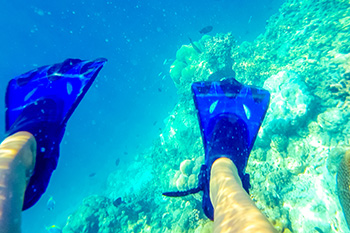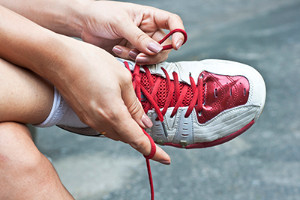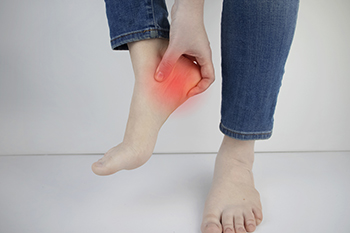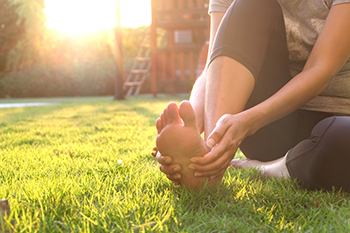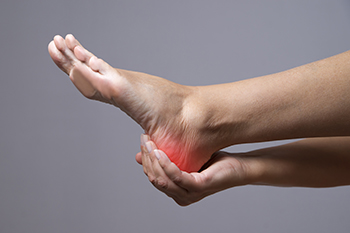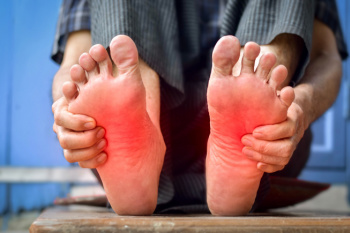
Keeping the feet strong and mobile is important for overall stability and comfort. Gentle exercises can help improve movement and reduce the risk of injury. One helpful practice is spreading the toes apart while seated or standing, which encourages better muscle control and coordination. Another useful activity involves placing a small towel on the floor and using only the toes to pull it inward, which can help support the arch and engage underused muscles. A third option is rising slowly onto the balls of the feet and lowering back down with control, which helps strengthen the ankles and improve balance. These small movements, when done regularly, can have a lasting impact on how the feet function during daily activities. If your feet remain stiff, weak, or sore despite incorporating basic mobility work, it is suggested that you see a podiatrist for an evaluation and guidance.
Exercising your feet regularly with the proper foot wear is a great way to prevent injuries and build strength. If you have any concerns about your feet, contact one of our doctors from Advanced Foot & Ankle Medical Center. Our doctors can provide the care you need to keep you pain-free and on your feet.
Exercise for Your Feet
Exercise for your feet can help you gain strength, mobility and flexibility in your feet. They say that strengthening your feet can be just as rewarding as strengthening another part of the body. Your feet are very important, and we often forget about them in our daily tasks. But it is because of our feet that are we able to get going and do what we need to. For those of us fortunate enough to not have any foot problems, it is an important gesture to take care of them to ensure good health in the long run.
Some foot health exercises can include ankle pumps, tip-toeing, toe rises, lifting off the floor doing reps and sets, and flexing the toes. It is best to speak with Our doctors to determine an appropriate regimen for your needs. Everyone’s needs and bodies are different, and the activities required to maintain strength in the feet vary from individual to individual.
Once you get into a routine of doing regular exercise, you may notice a difference in your feet and how strong they may become.
If you have any questions please feel free to contact our offices located in Agoura Hills, Simi Valley, Thousand Oaks Marin St., and Thousand Oaks Haaland Drive, CA . We offer the newest diagnostic and treatment technologies for all your foot and ankle needs.

